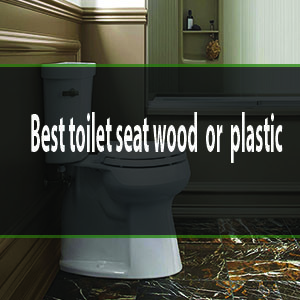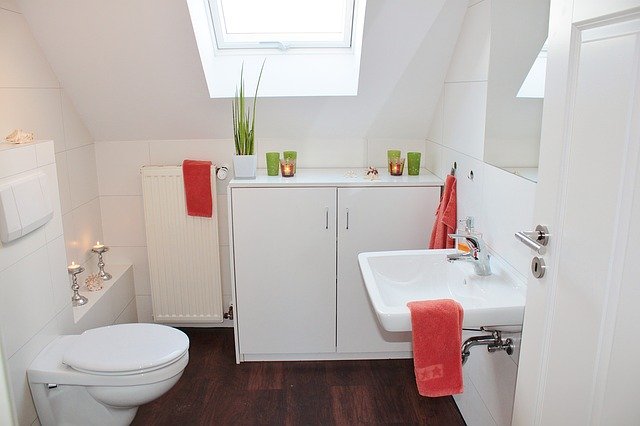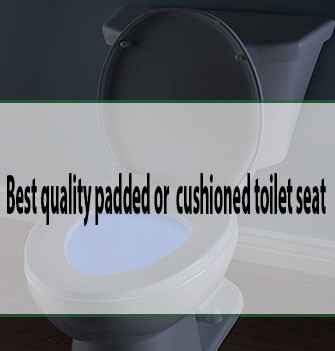Are you planning to replace your old toilet but unsure where to start? You’re not alone.
Many homeowners find themselves in the same situation, and it’s normal to feel a bit overwhelmed. Replacing a toilet might seem like a daunting task, but with the right information, it can be a smooth and straightforward process. Imagine the satisfaction of a fresh, efficient toilet that meets your needs and enhances your bathroom’s appearance.
In this guide, we’ll walk you through everything you need to know to make the replacement process as stress-free as possible. From selecting the perfect model to understanding the essential tools, we’ve got you covered. So, let’s dive in and turn what feels like a challenge into an opportunity for improvement!
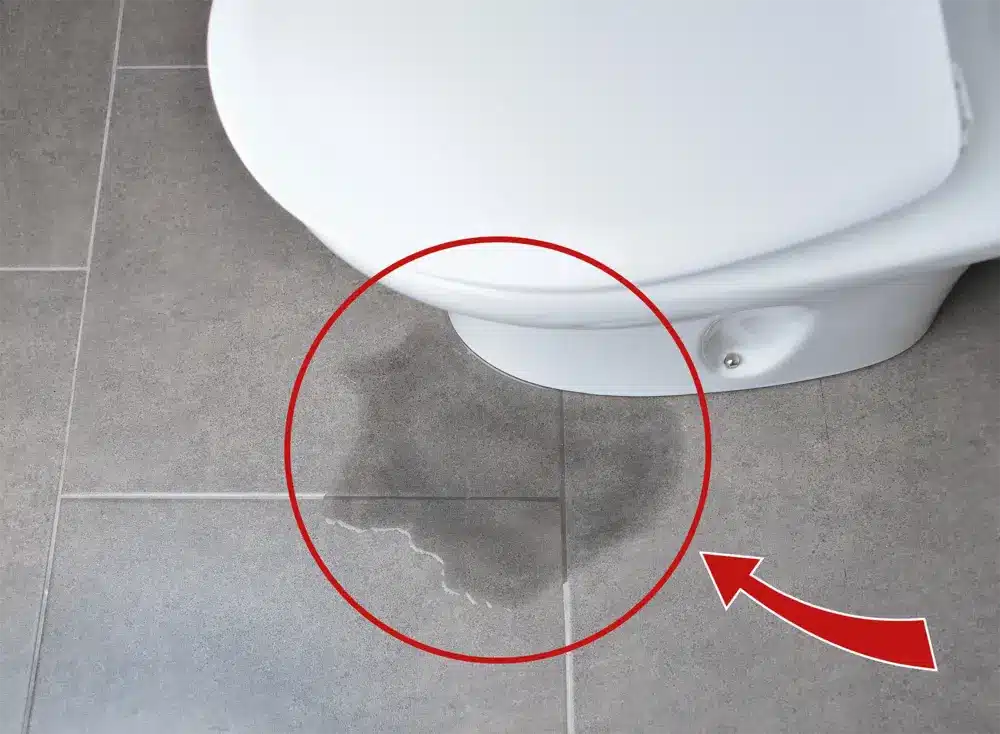
Credit: callfourseasons.com
Table of Contents
Choosing The Right Toilet
Toilet choices include standard and high-efficiency models. Standard models use more water. High-efficiency toilets save water. They are better for the planet. High-efficiency toilets also lower water bills. Check your water usage needs before buying. Both types have pros and cons.
Toilets have different bowl shapes and sizes. Round bowls take less space. Good for small bathrooms. Elongated bowls offer more comfort. They are longer. Think about your bathroom size. Choose the shape that fits best. Measure your space before buying.
Toilet colors and designs can match your bathroom. White is the most common. It fits any style. Other colors are available too. Choose a color you like. Designs can be simple or fancy. Pick a style that suits your taste. Make your bathroom look nice and neat.
Tools And Materials Required
You will need a few basic tools. A wrench helps to loosen bolts. A screwdriver can remove screws easily. A bucket is useful to catch water. Plumbers tape is handy to prevent leaks. Gloves keep your hands clean.
You will need a new wax ring.
This seals the toilet base. Bolts and nuts secure the toilet in place. A new water supply line may be necessary. Silicone sealant can help prevent leaks.Always wear gloves to protect your hands. Use safety goggles to keep eyes safe. Work in a well-ventilated area. Keep tools out of children’s reach. Ensure you have first aid supplies nearby.
Removing The Old Toilet
First, find the water valve behind your toilet. Turn it clockwise to stop the water. Make sure the water is completely off. This prevents leaks and mess.
Flush the toilet to empty the tank. Use a sponge or towel to soak up extra water. Next, find the bolts at the base of the toilet. Use a wrench to loosen them. Now, gently lift the toilet off the floor. Be careful. It can be heavy.
Place the old toilet on newspapers or a tarp. This keeps your floor clean. Check local rules for disposing of old toilets. Some places recycle. Others have special pickup days. Follow the rules to avoid fines.
Preparing The Installation Area
The flange is very important. It connects the toilet to the drain. Look for any cracks or wear. A damaged flange can leak water. Replace it if needed. Check that it is clean and dry. This ensures a good seal.
Remove any old wax and dirt. The floor must be spotless. If the floor is damaged, fix it first. A solid floor supports the toilet well. Use water-resistant materials if you need to repair. This keeps the floor safe from leaks.
A level surface stops the toilet from rocking. Use a level tool to check. Adjust if it’s not flat. Shims can help in leveling. Make sure the floor doesn’t tilt. A stable toilet prevents leaks and breaks.
Installing The New Toilet
Place the wax ring on the toilet drain. Ensure it sits well. The ring stops water leaks. Check it is not tilted. This step is crucial for a good seal. A wobbly ring causes problems. Always use a new ring when installing.
Set the toilet base over the wax ring. Press down gently. Align the bolts with the holes in the base. Tighten the nuts to secure the toilet. Do not over-tighten. The base should feel firm. Wobbly toilets can leak. This step is important.
Attach the water supply line to the toilet tank. Ensure the connection is tight. Turn on the water valve slowly. Check for leaks. Water supply must be steady. Adjust the float inside the tank. This ensures proper water level. Test flush to check flow.
Testing And Final Adjustments
Water leaks can be sneaky. Check around the base of the toilet. Is the floor wet? Look at the connections. Are they tight? Use a dry paper towel. Wipe around the base. Any moisture means a leak. Fixing leaks early can save water and money.
The fill valve controls the water level. Open the tank. Look inside. The water should stop one inch below the overflow tube. If not, adjust the valve. Turn the screw on top. Clockwise to lower water. Counterclockwise to raise it. Make small turns and check again.
Press the flush handle. Watch the water swirl. It should flush completely. Partial flush? Check the flapper. It might be stuck. Make sure the chain is not too tight. Adjust if needed. A good flush keeps the toilet clean.
Maintenance Tips
Replacing a toilet requires proper tools and safety gear. Ensure the new toilet fits the existing space. Turn off the water supply before removal to avoid leaks.
Regular Cleaning Practices
Cleaning the toilet keeps it healthy and fresh. Use a mild cleaner to scrub the bowl. Wipe the seat and handle with a disinfectant. Clean under the rim, where germs hide. Regular cleaning stops bad smells and keeps germs away. Weekly cleaning is a good habit.
Preventing Clogs
Toilets clog when too much paper is flushed. Only flush toilet paper. Do not flush wipes, even if they say flushable. Teach kids what not to flush. Use a plunger to fix small clogs. For big clogs, call a plumber. Keeping clogs away helps the toilet last longer.
Monitoring For Wear And Tear
Look for leaks around the toilet base. Check the handle for smooth flushing. Listen for strange noises. Inspect the tank for cracks. Replace parts that look worn. Watch for rust and stains. A healthy toilet works smoothly. Regular checks keep problems small.
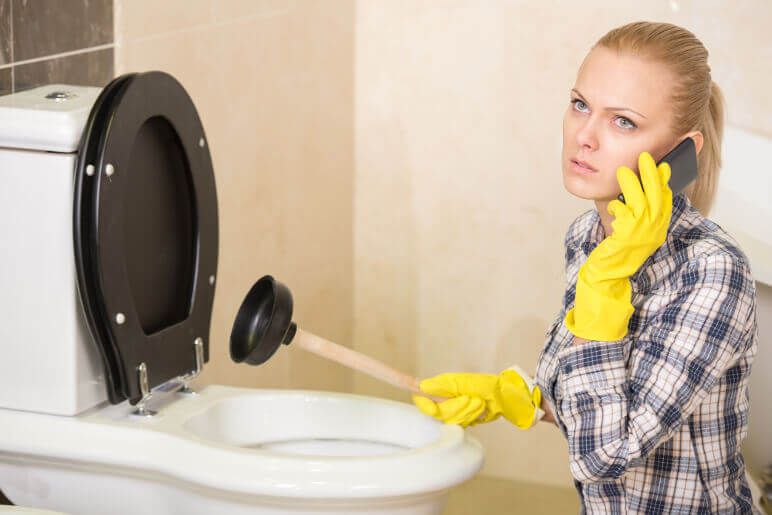
Credit: talmichplumbingheating.com
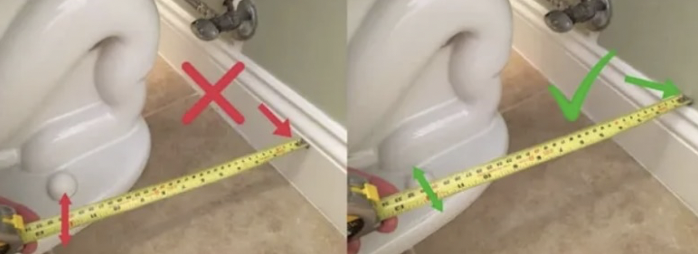
Credit: www.donsappliances.com
Frequently Asked Questions
What Tools Are Needed To Replace A Toilet?
To replace a toilet, you’ll need a wrench, screwdriver, wax ring, and possibly a hacksaw. A bucket and sponge help manage water spills. Always have plumber’s tape handy for sealing connections. Ensure you have new bolts and a toilet flange.
These tools make the installation process smooth and efficient.
How Long Does Toilet Replacement Take?
Replacing a toilet usually takes 2 to 4 hours. Time varies based on experience and bathroom layout. Preparation is key for efficiency. Ensure you have all tools ready before starting. Having a helper can speed up the process significantly. Allocate additional time for unexpected issues.
Can I Replace A Toilet Myself?
Yes, you can replace a toilet yourself with basic plumbing skills. Follow step-by-step guides carefully. Ensure you have the right tools and parts. It’s important to turn off the water supply first. Consult a professional if you’re unsure. Safety and accuracy are crucial during installation.
What Is The Cost Of Replacing A Toilet?
The cost of replacing a toilet ranges from $150 to $600. Costs vary based on toilet model and labor fees. DIY replacement can save money. Factor in additional costs for tools and materials. Always budget for unexpected expenses. Compare prices for best deals on toilets and parts.
Conclusion
Replacing a toilet can feel daunting, but it’s manageable. First, understand your plumbing needs. Ensure the new toilet fits your space. Check for any leaks or issues. Use the right tools for installation. Follow the manufacturer’s instructions carefully. If unsure, seek professional help.
Regular maintenance keeps your toilet running smoothly. A well-installed toilet lasts longer. Keep these tips in mind for a hassle-free experience. You’ll soon enjoy the comfort of a new toilet. Thank you for reading, and good luck with your toilet replacement journey!


